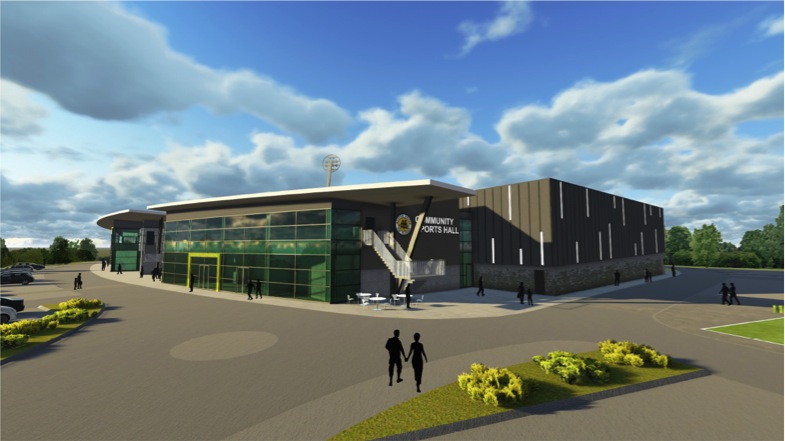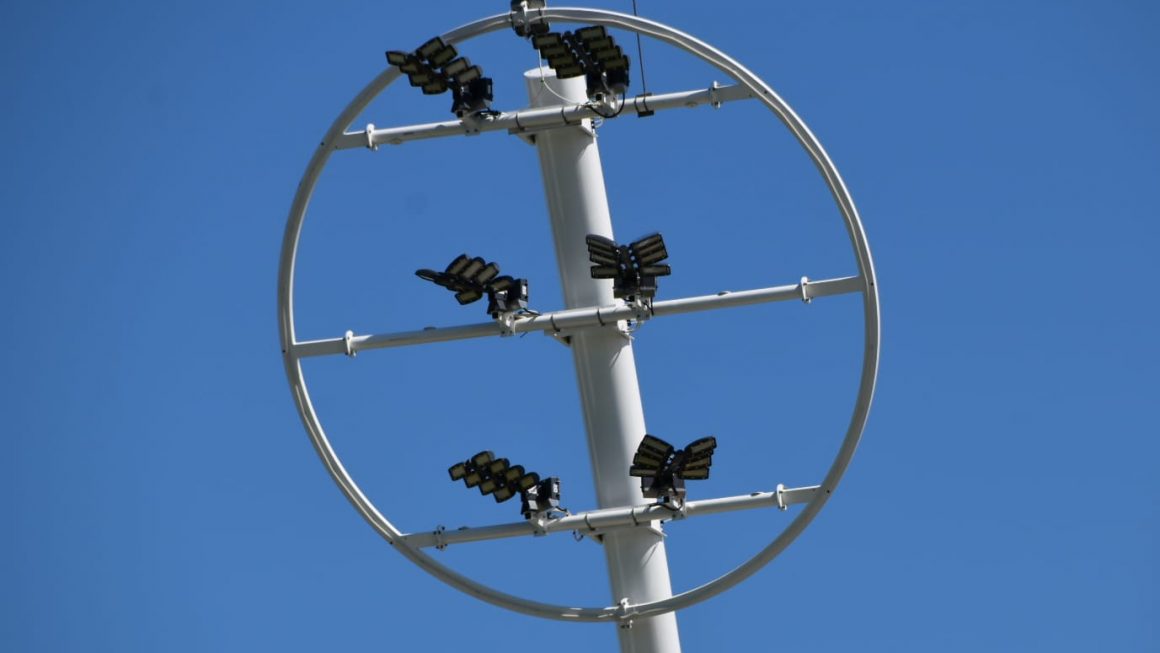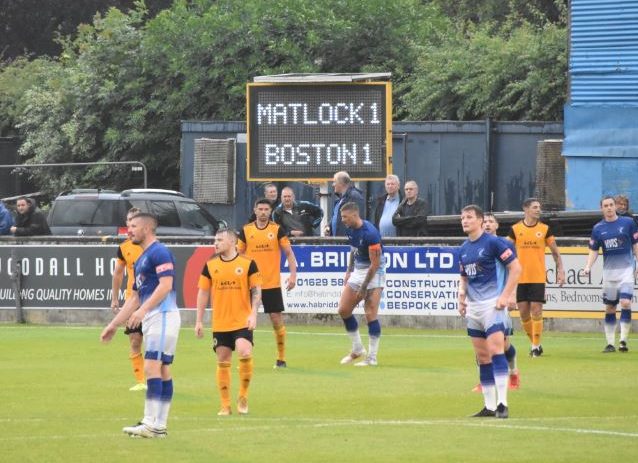Fan forums are usually dull, tedious affairs. Typically, 50 sweaty old blokes gather in a fug of deep-fried food and simmering anger to offer unwanted tactical advice to an embattled manager and moan about the price of pies, before the whole sorry event comes to a depressing and uncomfortable end when someone gets a bit too angry about the manager’s failure to sign a player on loan from Rochdale and is escorted out.
They’re usually best avoided.
Boston United’s latest forum however, promised to be an altogether more upbeat affair. In amidst the usual bickering, chairman David Newton pledged to make an announcement about the club’s pressing need to move from York Street before the Grim Reaper boots the door in.
No surprise, then, that supporters flocked to the Pilgrim Lounge in numbers to see exactly what the latest was.
I doubt they were quite prepared for what they heard.
What they heard was not really about a new stadium at all: it was, in reality, an announcement that half of Boston is going to be redeveloped into what is called ‘The Quadrant’, a gigantic master plan stretching across a huge chunk of south Boston.
There will be new homes, new commercial property. There will be a new link road. There will be shops, supermarkets. There will probably be a Frankie & Benny’s the size of an aircraft carrier, or perhaps even a Toby Carvery, which will dismay foodies but delight those who enjoy the thrill of thieving an extra stuffing ball from under the nose of a 15-year-old chef armed with a massive knife. Lurking on the periphery of this development, a little incongruously, will be a new stadium for Boston United.

Within minutes of the announcement you could browse The Quadrant’s website with an open mouth, flicking through pictures and plans of this vast new development wondering how David Newton managed to keep the thing a secret for so long.
For Boston United fans, it was the first chance to see what the future stadium will look like. My first impression is that Boston are hoping to attract a lot more silhouettes to games. Plus David Newton is going to need a lot of Windowlene. It is impressive stuff.
Supporters will miss York Street, of course, home of so many memories. Who could forget that 0-0 draw with Colwyn Bay in January 1996, or indeed that FA Cup classic against Aveley a few years earlier? Or the time Martin Hardy humped an inflatable doll?
It is undoubtedly sad that Boston United must leave the grand old stadium and move to Wyberton, but it is a necessary move and one that ensures the club can, for the first time in decades, make long term plans to re-establish itself as one of non-league football’s leading sides.
Seven years ago – which isn’t that long when you think about it – things were very different indeed. There was no future at all. The club lived hand to mouth, forever on the threshold of catastrophic financial ruin. We all knew this, yet the news that the club was about to finally topple over still came as a thudding shock.
Believe me, it might not quite rank up there with the sudden shock of a major, world-changing news event – like hearing about the formation of McBusted – but you’ll always remember where you were when you heard your football club is going out of business.
For me, the almighty unravelling of Boston United began in a blisteringly hot Munich in the summer of 2006. Amidst the spectacle of the World Cup, surrounded by flags and face paint, and people wanting to make friends because they were absolutely hammered, I received a text informing me that Jon Sotnick had resigned as chairman. The architect of an ambitious – you might say hopelessly reckless – plan to relocate the financial car crash of Boston United, and also Boston Town, had quit.
This was bad news. Moments earlier a German bloke who had stuck away several steins of ultra-strong Bavarian lager had been trying to get me to join in with a beautifully tuneless appropriation of Gloria Gaynor’s I Will Survive. Suddenly, I didn’t care.
With Sotnick gone, the money was gone. With the money gone, there was only going to be one outcome: death by debt. I knew then that the new stadium would never happen and that the club, like many others before it, would be gone within a year. Stricken by what I can only imagine was a peculiar kind of grief, I resolved to down a few more steins of ultra-strong Bavarian lager myself to try and put the grim developments out of my mind. It worked: later that evening I fell asleep in a restaurant using a pizza as a pillow. It wasn’t even deep pan.
Boston’s season turned out to be slightly worse than I had anticipated. I predicted they’d be relegated: they were actually relegated twice. There were CVAs, creditors, Barrie Pierpoint came and went. The new stadium was laughed out of town by planners. Money and hope evaporated. Watching United’s players clap supporters at Wrexham, I was sure that it would be the last time I would see the amber shirts.
I was wrong. A year after my trip to the World Cup, I found myself on a campsite somewhere near Nijmegen sheltering from the rain in a tent and feeling pretty miserable, when my phone buzzed with the news that two blokes called David and Neil had purchased Boston United. I stared at that message blankly for a few moments before I realised what it actually meant. It meant the Pilgrims weren’t going out of business after all.
Even now, several years later, Boston’s death-bed revival still seems utterly remarkable, so much so that it’s too easy to forget that the club is still living with the consequences of the Evans-Sotnick years and the club’s sad, acrimonious split from its long-time protectorate, the Malkinson family. The new owners brought stability, but they haven’t been able to unshackle the club from its past – until now.
The sparkling new vision for Boston United would have been unthinkable in 2007.
From a desperate battle to stay alive to this, a bold statement of intent; a £100m line in the sand, truly divorcing the club from its past and taking the club on a new path towards becoming the socially responsible community asset so many people want it to be. With football’s recent history littered with the bitter, ugly deaths of century old clubs, Boston United’s unlikely survival stands alone. It’s easy to forget just howclose they came and just how lucky they are to have made it even to this point.
True, there will be objections and hiccups. The plans aren’t yet approved, the enabling commercial partnerships not yet inked. Many will be sceptical. Local residents must be appeased. Some will dislike the retail park, the car parks, the out-of-town siting and the fact Toby Carvery don’t let you go up for a second round of meat.
But there can be no doubt that the vision is audacious and ambitious. It is a lot of different things. It is a future.
And, not too long ago, there was no future.
This article was originally published in the Boston Standard


